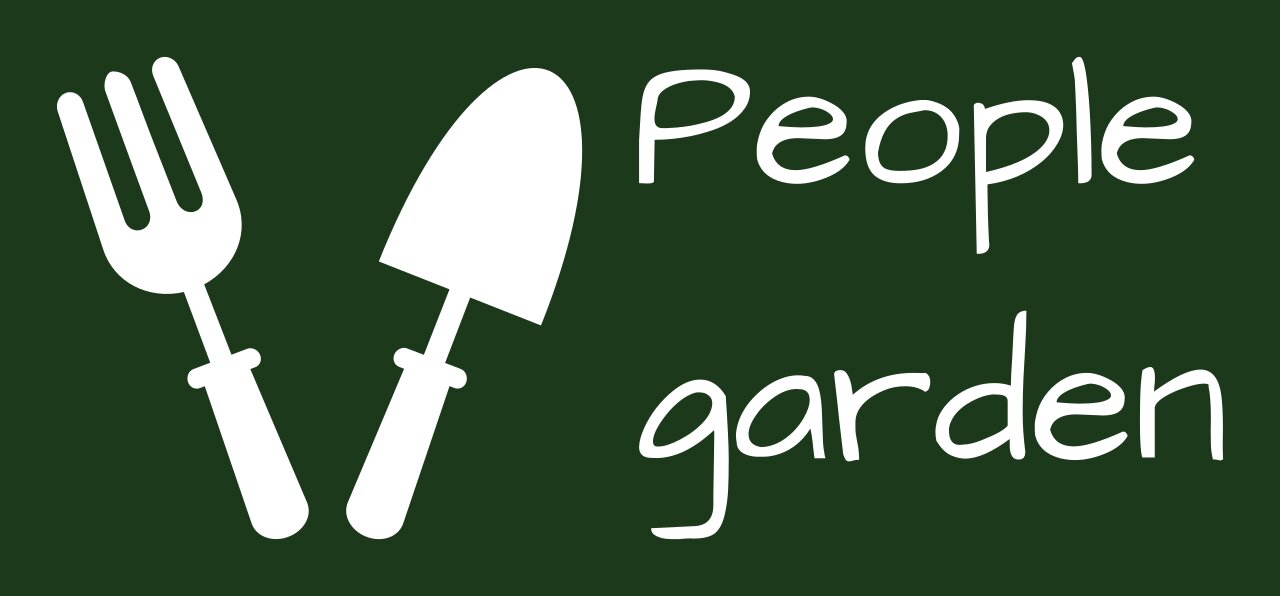10 Things to Know About Vegetable Garden Planning
Growing a vegetable garden is not difficult. If you have not grown a vegetable garden before, here are ten things you need to know when preparing for the growing season. If you are an experienced gardener, please review these tips and send them to a neighbor or friend.
You can grow vegetables all year around wherever you live. You can start your growth at any time of the year. The articles in this round-up will help you grow no matter what level of experience you have.
Here are tips for growing your vegetable garden.
1. How to start a vegetable garden: Go to the nearest vegetable garden and get a good start. Make a list of vegetables that you and your family can eat. Start growing these crops first.
2. Types of vegetables: There are two basic types of vegetables: cold season crops and warm-season crops. Cold-season crops are leaf crops for salads and root crops for shells, soups, and munching. Hot Climate Crops Fruits - Tomatoes, peppers, cucumbers, beans, melons, and squash. Every crop should be planted at the right time of the year.
3. Growing season: Find out the average date of the last frost in spring and the first frost in autumn. The intervening period is the natural growing season. If you grow it before the last frost or after the first frost, you need to protect most vegetables from the weather. Protecting crops from adverse weather is called seasonal extension - you are extending the natural growing season. Average first and last frost dates can be found online - check weather sites or from a cooperative extension or primary gardener group near you
4. Seed Starting: There are two ways to grow your vegetable garden: by seeds or by transplant. Some vegetables start easily from seeds planted directly in the garden; Others are better started indoors in the optimal situation where you can never go outside. If you are growing by substitutes, you can start the seeds in your own kitchen or buy seedlings at the garden center.
5. How to Grow: There are options for each vegetable crop you grow — location, sun, soil, planting needs, irrigation, and food requirements. If you give the vegetables 8 hours of sunlight every day, grow them in fertile soil, keep the soil moist, and feed the plants naturally, you can not go wrong - too much old manure will do it.
6. Soil: True garden wisdom says: Do not plant a $ 5 plant in a 50 cent hole; Plant 50 cents in a $ 5 pit. I.e. should be planted in large soil. All the nutrients and moisture needed for a generous and tasty harvest come from the soil. Organic gardeners say: Feed the soil, not the plant. If you feed the soil, you feed the plant.
7. Irrigation and feeding: All the nutrients required for harvesting vegetables are provided by the plant's water-carrying capillary system. Plant nutrients come from the soil and are carried throughout the plant by water. Add aged nutritious manure to the soil to allow the soil to drain well and retain moisture. Keep the nutritious soil moist and feed your plants naturally.
8. Pests, Diseases, and Problems: Almost every garden is sometimes plagued by pests, diseases, or environmental problems. Do not panic; This is equivalent to the lesson and you can often control pests, diseases, or other problems before they spread from one plant to the whole garden. If you go to your garden every day, you can eliminate the problems bud.
9. When to harvest: The most delicious vegetables are harvested at or before the peak of maturity. When you plant, mark the crop and its maturity days in your calendar, and calculate the harvest date in your calendar. Harvest when the crop is almost ripe - you will be amazed at the taste.
10. Seasonal Extension: Seasonal extension is the growing of vegetables outside the natural growing season. Starting seeds indoors in early spring before the soil and weather are warm is one way to prolong the season. Another way is to grow crops after the first frost and in the winter. That means the season can be extended early and late. Cheese to keep crops warm in cold weather extensions includes line covers, plastic tunnels, and cold frames. Read about the season extension















0 Comments